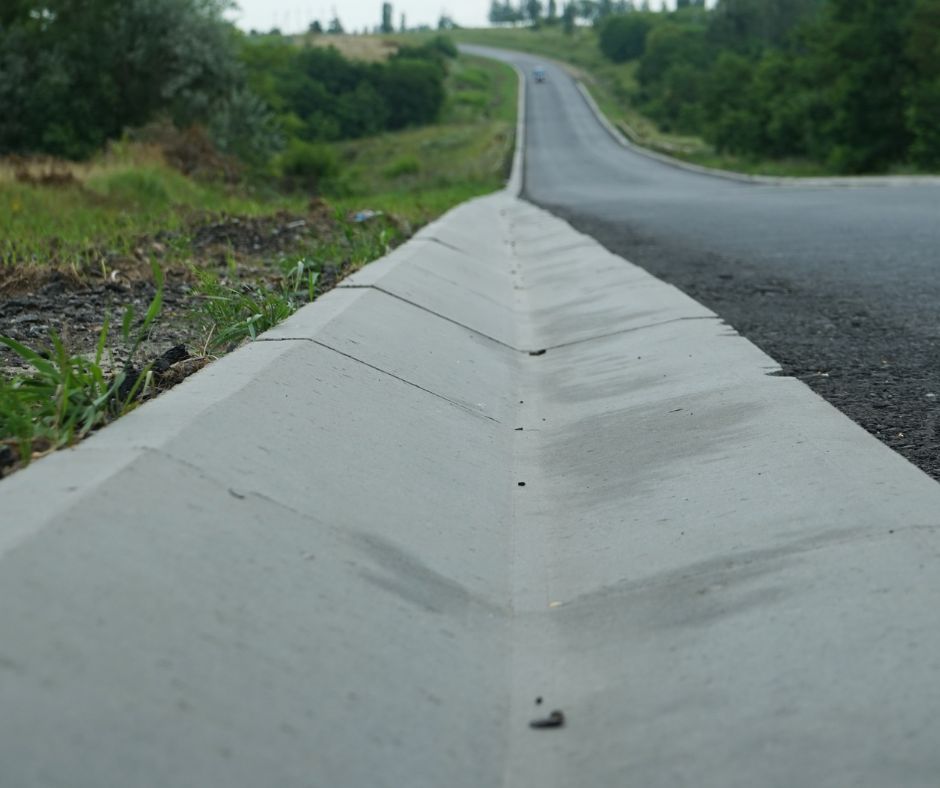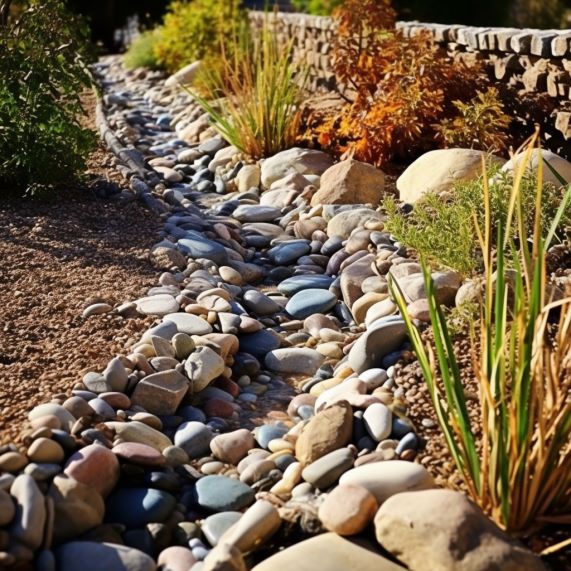Essential Strategies to Optimize Surface Water Drainage for Sloping Properties
Effectively managing surface water drainage is vital for safeguarding your home, particularly when dealing with sloping properties. Inadequate water management can lead to severe consequences such as flooding, structural damage, and soil erosion. To protect your property, it’s imperative to adopt proactive measures. Initiating conversations with your neighbors about potential water runoff and collaborating with local councils on stormwater management initiatives can yield significant benefits. By tackling these challenges directly, you can notably decrease the risk of damage and enhance your home’s resilience against water-related issues, ensuring a safer living environment for you and your family.

Identifying and Addressing Primary Water Sources for Enhanced Drainage Solutions
Understanding the origins of water-related issues is essential for developing effective drainage solutions. Water challenges can arise from various sources, and accurately identifying these origins is the first crucial step in mitigating them:
- Upslope Neighbor: Rainfall runoff from properties situated uphill can significantly impact your land, increasing the water burden during storms and potentially resulting in flooding.
- Your Property’s Slope: The innate slope of your land can exacerbate existing drainage problems, as water from higher elevations may overwhelm lower areas, leading to erosion and severe water damage.
- Roof Gutters and Downpipes: Clogged gutters and poorly connected downpipes can create localized flooding around your home’s foundation, which may cause long-term structural damage if not promptly addressed.
- Soil Composition: The presence of sandy soil over clay or underground springs can cause water accumulation, as clay restricts drainage capabilities, posing a risk to your property.
- Retaining Walls: Concerns such as insufficient gravel backfill, failed waterproofing, or water pooling behind retaining walls can jeopardize their structural integrity and lead to additional drainage problems.
Implementing Effective Strategies to Overcome Drainage Challenges
Once you have identified the specific problems impacting your property, it’s critical to implement effective strategies to resolve them:
1. Mitigating Runoff from Upslope Neighbors
Installing surface drainage systems such as swales or spoon drains along property boundaries can effectively intercept and redirect water, preventing it from infiltrating your soil. It’s essential to ensure these drainage systems are designed to channel water into your property’s stormwater system or the street, facilitating proper drainage and protecting your home from excessive moisture.
2. Managing Water from Your Own Property
Consider implementing French drains beneath the surface to capture water runoff that has already penetrated the subsoil, directing it away from vulnerable areas safely. This proactive measure is crucial for preventing soil saturation, which can lead to increased weight and soil movement, ultimately affecting landscaping features such as retaining walls and raised garden beds.
3. Upgrading Overflowing Gutters
Enhance your gutters and downpipes by opting for higher-capacity solutions that can accommodate intense rainfall. Additionally, consider installing gutter guards to prevent debris accumulation, and explore self-cleaning gutter profiles as a sustainable maintenance option. Ensure that your downpipes are correctly attached to the stormwater system or a designated outlet to avoid direct discharges into ag pipes that could lead to blockages and drainage failures.
4. Verifying Downpipe Discharges
It’s crucial to ensure that all downpipes discharge water downstream of your home. Ideally, every downpipe should connect to underground drainage systems that efficiently direct water away from your foundation. This practice is essential for protecting your property from potential water damage and ensuring its long-term structural integrity.
5. Addressing Underground Springs
For properties with springs or areas where creeks have been previously filled, it’s vital to collect and redirect this water efficiently. This process may necessitate geological assessments to ensure proper management and mitigation of water flow, preventing unexpected flooding and damage to your premises.

Adopting a Comprehensive Approach to Stormwater Management
For effective stormwater management, homeowners should embrace a holistic strategy that incorporates various techniques and solutions:
- Prioritize Gutter Maintenance: Regularly clean your gutters and downpipes to eliminate debris and prevent overflow issues. Confirm that all downpipes effectively discharge water away from your foundation by linking them to underground drains or the stormwater system.
- Install Spoon Drains: Position spoon drains along driveways or paved areas to intercept water and redirect it before it can pool around your foundation, significantly mitigating the risk of water damage.
- Incorporate Swales: Utilize swales in areas where water flow is more pronounced to naturally manage runoff and disperse excess water effectively, contributing to a well-maintained landscape.
- Complement with French Drains: In regions where water has already penetrated the ground, French drains can capture and redirect underground water, working in harmony with surface solutions like spoon drains and swales.

Proven Techniques to Divert Surface Water Away from Your Home
One of the most effective strategies to protect your home is to proactively prevent surface water from encroaching. Two highly efficient techniques for managing surface runoff are spoon drains and swales. Implementing these solutions can significantly lower the risk of water-related damage, thus enhancing the overall safety and security of your property.
Understanding the Advantages of Spoon Drains for Optimal Water Management
Spoon drains are shallow, concrete-lined channels specifically designed to collect and redirect surface water away from your home. When placed along the edges of driveways, paths, or property boundaries, these drains effectively prevent water from flowing toward your foundation. Their unique curved design ensures efficient water capture even during heavy rainfall, guiding runoff safely to stormwater systems or designated outlets for proper drainage.
Utilizing Swales for Natural and Sustainable Water Management
Swales are gently sloped, grass-covered ditches that serve to slow and redirect water flow effectively. These visually appealing features are particularly advantageous for larger properties or expansive landscapes, as they can seamlessly blend into the surroundings. Swales not only capture and disperse runoff but also play a critical role in reducing erosion and promoting natural infiltration into the soil, ensuring that water is managed sustainably and effectively.
Take Immediate Action to Safeguard Your Home from Surface Water Issues
Don’t let surface water threaten your home’s foundation or overall structural stability. Reach out to SoccerBets Plumbers today to discover how our drainage experts can effectively address the surface water drainage challenges you are facing. Rely on the expertise of Sydney Drainage Plumbers to protect your property against water-related issues and ensure a dry, secure environment for you and your family.
The Article: Surface Water Drainage and Effective Stormwater Solutions first appeared on https://writebuff.com
The Article Effective Stormwater Solutions for Surface Water Drainage Was Found On https://limitsofstrategy.com


Your post raises an important issue that many homeowners with sloping properties face, particularly in areas prone to heavy rainfall or snowmelt. I couldn’t agree more about the necessity of identifying primary water sources to address drainage problems effectively. This proactive mindset is crucial, not just for protecting our physical structures but also for promoting community resilience.